Search results for "Android"
-
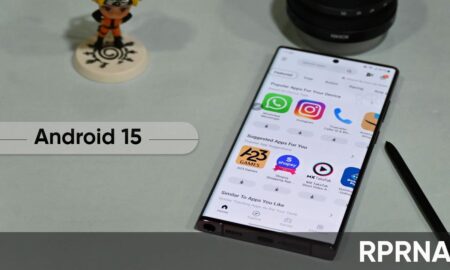
 1.6KNews
1.6KNewsGoogle prepares to release built-in satellite messaging feature, could be included in Android 15
An alternative satellite messaging service was spotted in the latest beta version of Android 14, and it may be included in Android...
-
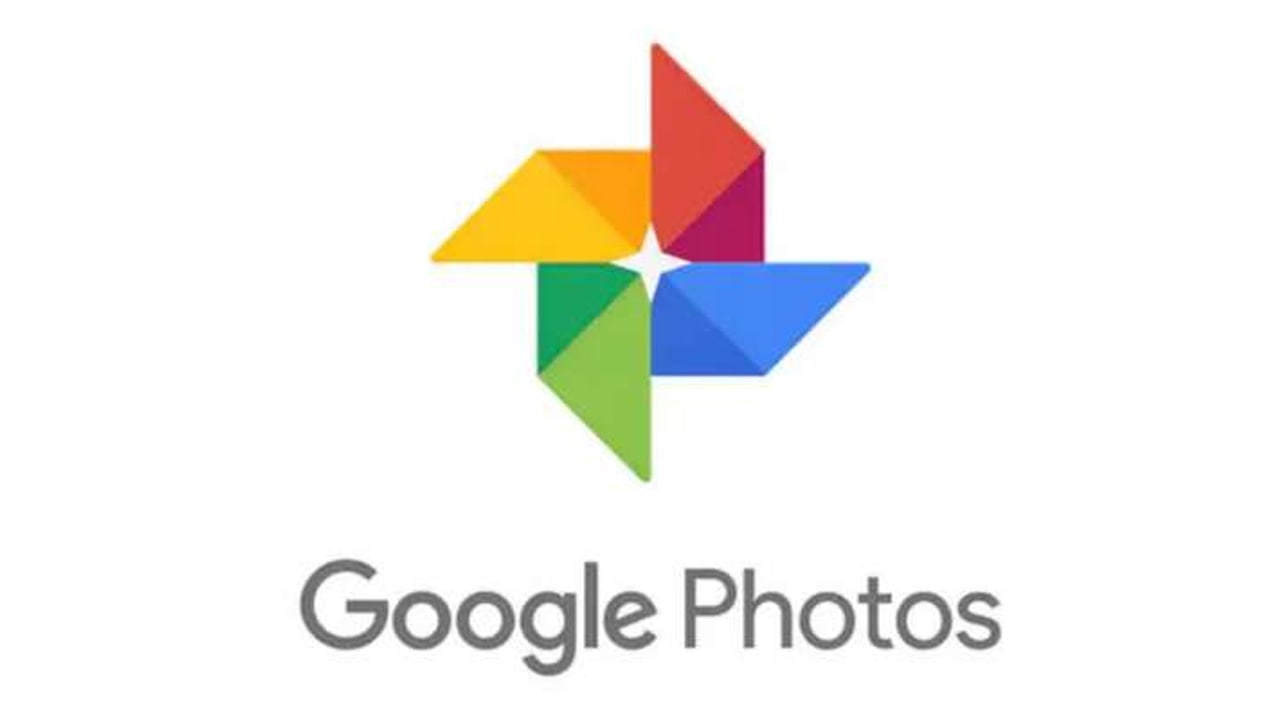
 554Apps
554AppsThe new Android 14 share menu is rolling out to more Pixel phones
For a better sharing experience, Google Photos is introducing its Android 14 share sheet to more Pixel phones with Google Photos version...
-

 1.1KNews
1.1KNewsAndroid 15 could protect OTP and 2FA code notifications from scammers
It seems Google is working on a new Android security method in Android 15. Google wants to block malicious apps that can...
-
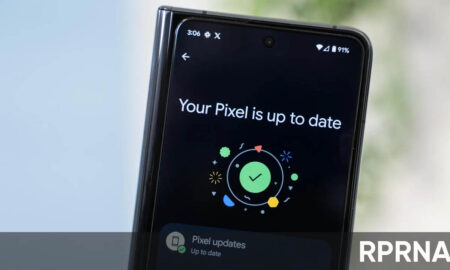
 796Apps
796AppsAndroid 15 could speed up webpages loading for apps
The upcoming Android 15 OS will bring new features and some significant improvements. One of the changes that Android 15 could introduce...
-
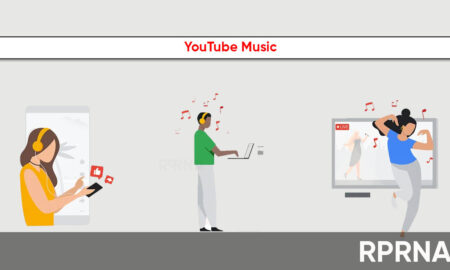
 453Apps
453AppsYouTube Music to soon get redesigned Cast sheet on Android
The cast sheet on Android is soon going to be redesigned, as YouTube Music is testing a change for the Cast UI...
-
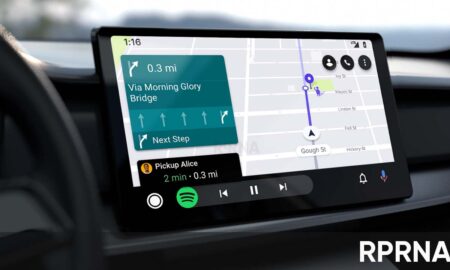
 423Apps
423AppsLatest major update smashes Google Assistant on Android Auto
Google keeps on making changes in the functionalities of Android Auto to offer users a more prominent experience, but sometimes it gets...
-
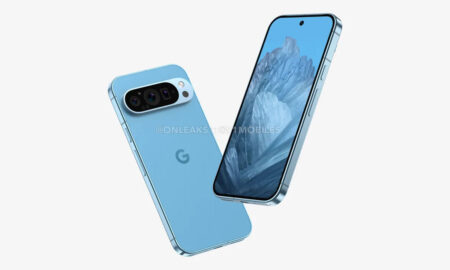
 588Phones
588PhonesGoogle Pixel 9 with Tensor G4, Android 14 spotted on Geekbench
The leaks and rumors about Google’s next flagship lineup continue to make rounds on the internet giving users hints at what they...
-

 747Apps
747AppsSamsung Galaxy Enhance-X app 2.0.67 update arrived for Android 14 devices
Samsung Galaxy Enhance-X is an application that offers AI-powered tools to enhance images with just one tap. It’s a one-stop AI solution...
-
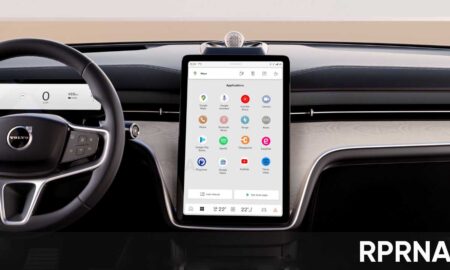
 542Apps
542AppsWeather App on Android Auto gets dashboard view support and more
Android Auto offers several capabilities and features such as the Weather & Radar, however, Google has recently released a new update for...
-
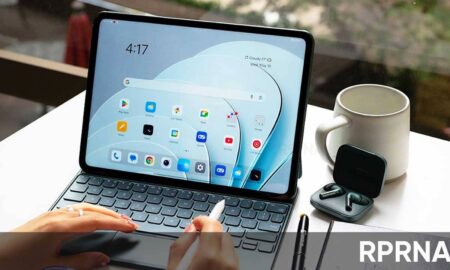
 1.3KUpdates
1.3KUpdatesOxygenOS 14 (Android 14) update for OnePlus Pad rolling out widely
OnePlus has seeded its dozen of devices with the offerings of Android 14 based OxygenOS 14 update and the software is now...
